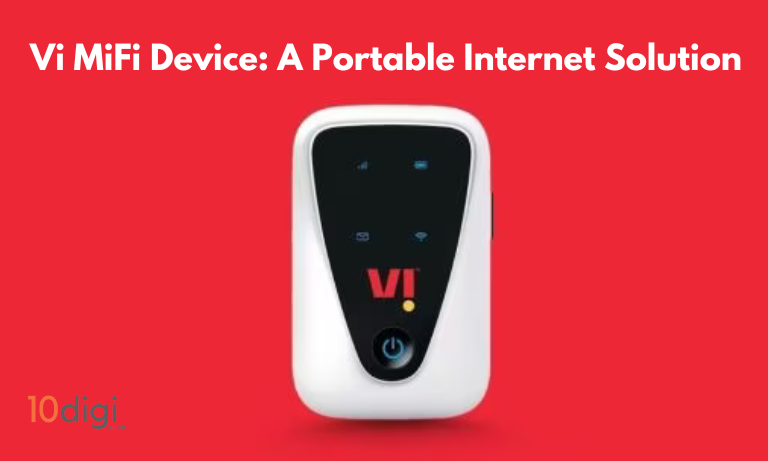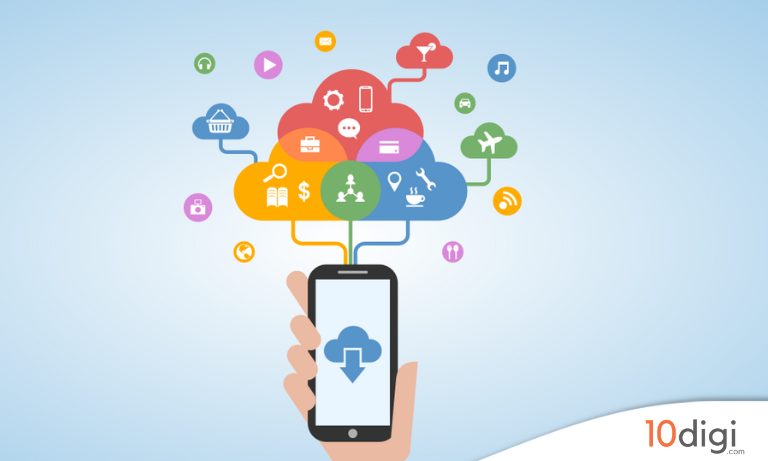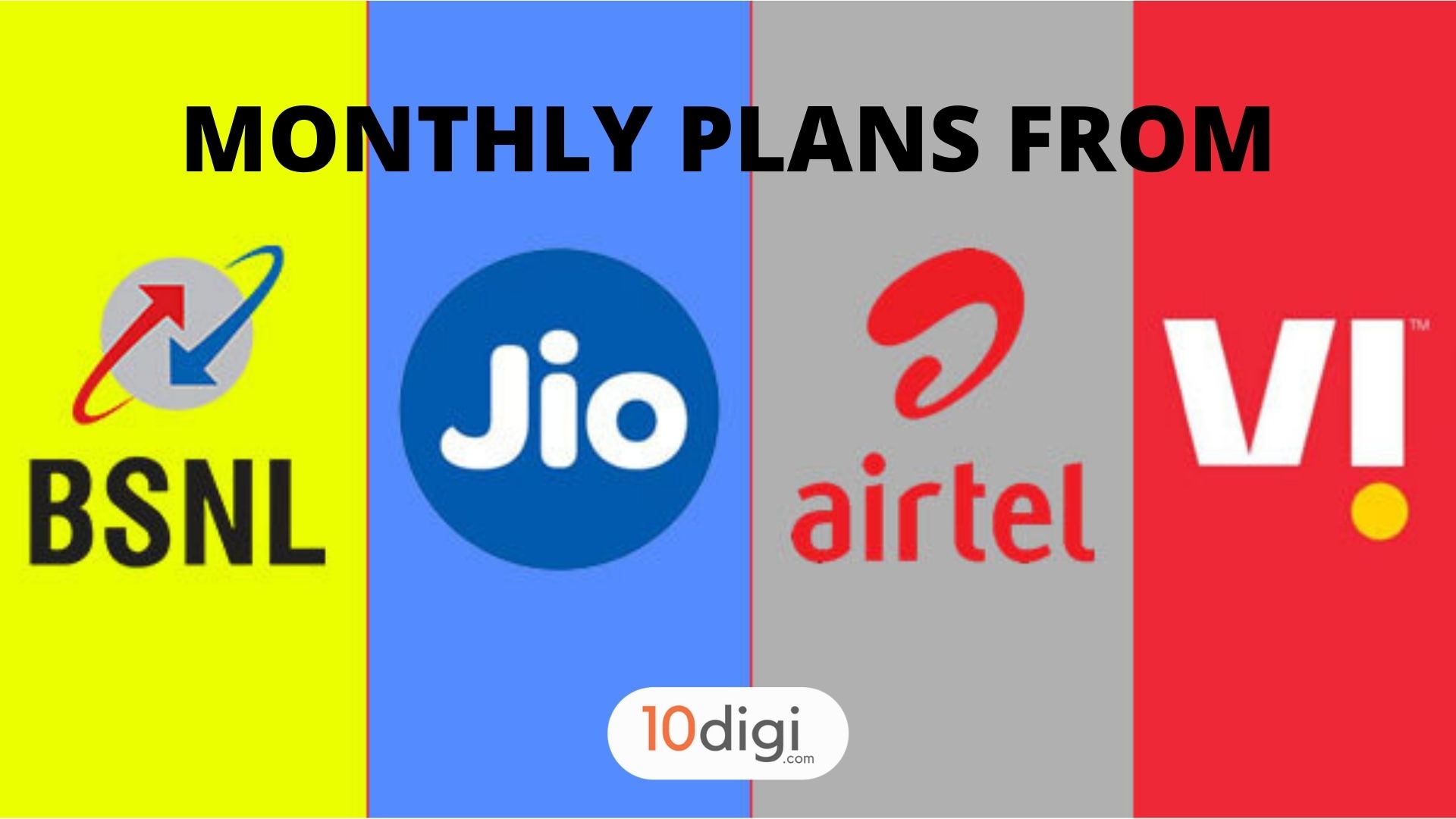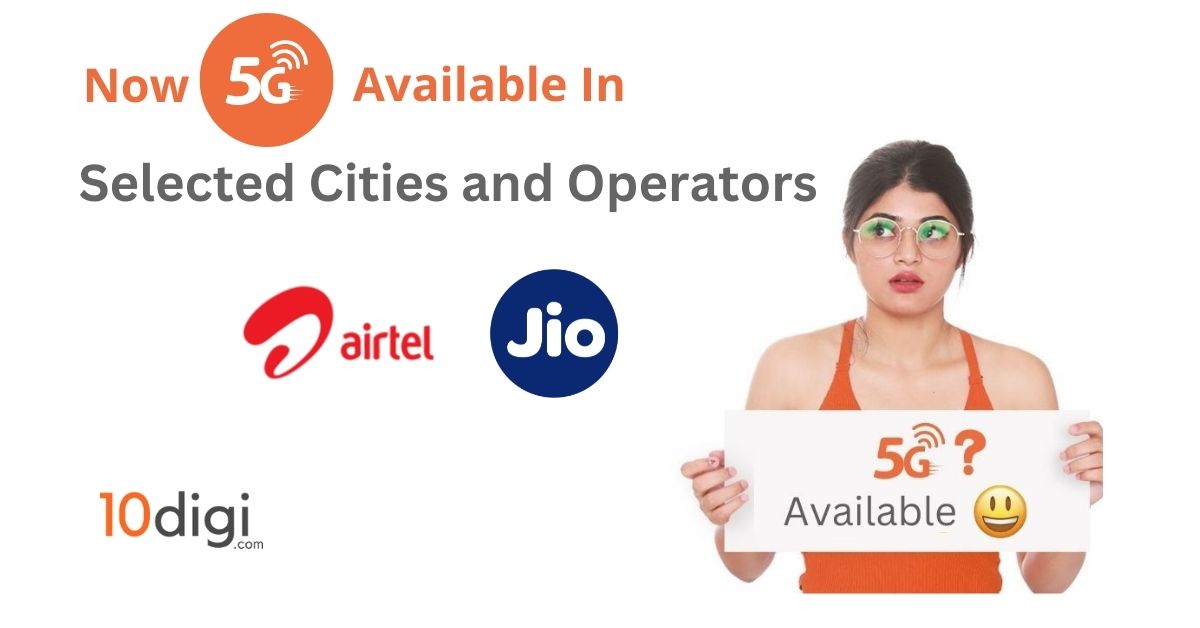
5G networks are now spreading worldwide, and people expect this high-tech mobile technology to help countries become more digital and economically successful. Both 5G and IoT (Internet of Things) are growing rapidly, with the number of connected devices set to increase from 645 million to 3.4 billion by 2024. This growth is happening for various reasons, but one of the most important ones is the development of 5G networks. The upcoming introduction of 5G is great news for the IoT market because it will significantly enhance the performance and reliability of connected devices.
Reports indicate that 5G will be over ten times faster than LTE networks. This blazing speed will greatly enhance the capacity of IoT devices to connect and exchange data quickly. Take smart home gadgets, for instance; this speed boost makes a big difference in their performance when they communicate and share data and alerts. Beyond smart homes, nearly all IoT devices, including those used in healthcare and industry, will experience significant benefits from this rapid connection speed.
5G and IoT Technology
The technology used for sending data is crucial in the world of Internet of Things (IoT). This is why the latest 5G communication technology is so important for IoT. 5G is designed to speed up device connections, make them work more efficiently, and reduce any delays.
5G can be divided into three frequency bands: low, medium, and high. The mid-bandwidth offers faster connections than 4G when you’re close to a cell tower, improving mobile internet and machine-to-machine communication. This means that many IoT devices can use 5G in a small area without overwhelming the network. With higher data speeds and the assistance of machine learning, IoT devices become more accurate, working faster and becoming more reliable as time goes on.
Enhancing industrial independence with 5G connectivity is a major goal for IoT devices. The initial generation offered services, followed by the second and third generations which added voice, messaging, and internet access. The fourth generation (4G or Long-Term Evolution [LTE]) introduced video streaming capabilities.
From 2023, fifth-generation (5G) mobile telecommunications is expected to be available worldwide. The potential of 5G technology is undoubtedly thrilling, yet its widespread adoption comes with significant challenges and risks.
Challenges Faced by IoT in the 5G Era
Some significant challenges of 5G and IoT innovation include:
- Spectrum Availability and Frequency Bands: To achieve its high speeds, 5G networks need access to frequencies of up to 300GHz, which is 20 times faster than 4G LTE networks.
- Coverage Deployment: The use of high frequencies in 5G allows for more focused radio waves that can be directed with precision. To accommodate the high volume of users and data, 5G antennas need to be placed relatively close together. In the 5G era, many antennas and channels are expected to be smaller in size. However, in urban areas, additional relay points will be necessary to extend the coverage and widen the signal while maintaining consistent speed, especially in densely populated regions.
- Shortage of 5G Devices: The limited availability of 5G phones compared to non-5G phones is a problem in the market. The scheduling of 5G transmission depends on the number of 5G devices, which are currently few in number. Furthermore, dealing with technical challenges related to multiple frequency bands, both high and low, creates difficulties in designing the front space. High-power transmission for high-frequency bands can lead to radiation issues, significantly affecting performance at high bandwidth and data levels.
- Radiation: Similar to other radio waves, 5G technology also emits electromagnetic radiation. There is worry that this radiation might be harmful to humans and other living beings. Additionally, the installation of more transmitters or cell towers for 5G coverage will raise the level of exposure to these radiations, impacting a larger number of people than ever before.
- Privacy and Security: In the data-centric world of technology, 5G IoT setups will face various online security threats, both common and sophisticated. The rapid communication enabled by high-speed data will require cloud-based services and data storage to be extremely secure to safeguard user data and privacy. Similarly, users must be cautious with their data management practices. The transition to 5G won’t be smooth initially, and challenges are expected to arise as we step into this new era of communication.
Nevertheless, the advantages outweigh the worries, as the arrival of 5G will usher in autonomous vehicles, smart cities, futuristic homes, and much more.
Industries currently benefitting and set to continue thriving from these 5G IoT improvements encompass industrial intelligence, smart buildings, urban development, resource management, security and surveillance, agriculture, retail, and healthcare.
IoT Applications in 5G Technology
5G enables a wide range of IoT applications, including:
- Park a smart car in a parking garage and wirelessly charge it using the city grid while working.
- Remotely summon a car to drive itself from the parking garage to your office door.
- Farmers in rural areas can easily monitor and track crops, livestock, and machinery through drones and dense sensor networks.
- Home users can fully embrace the work-from-home trend, which is likely to continue post-pandemic, optimizing power usage and streaming entertainment from anywhere.
- Enhances societal efficiency; smart cities can fulfill their potential, offering personalized streams of information tailored to individual preferences.
Wrapping Up
In the age of widespread mobile dependence, the future holds a transformative promise with the evolution of 5G and the Internet of Things over the next two decades. Soon, advancements in automotive technology and utility equipment, like smart grids for power generation and intelligent environmental monitoring, will significantly reduce greenhouse gases and pollution. Despite these advancements, global 5G distribution has a journey ahead. Predictions suggest that by 2025, 4G will continue to dominate 45% of connected devices, while 5G will support 49%.











